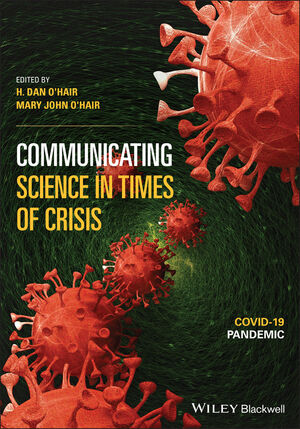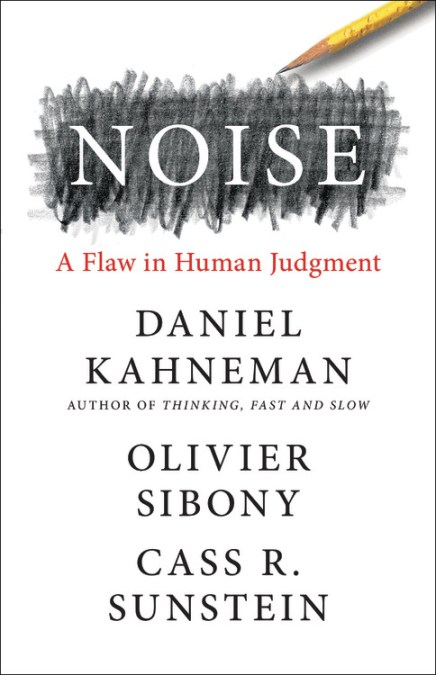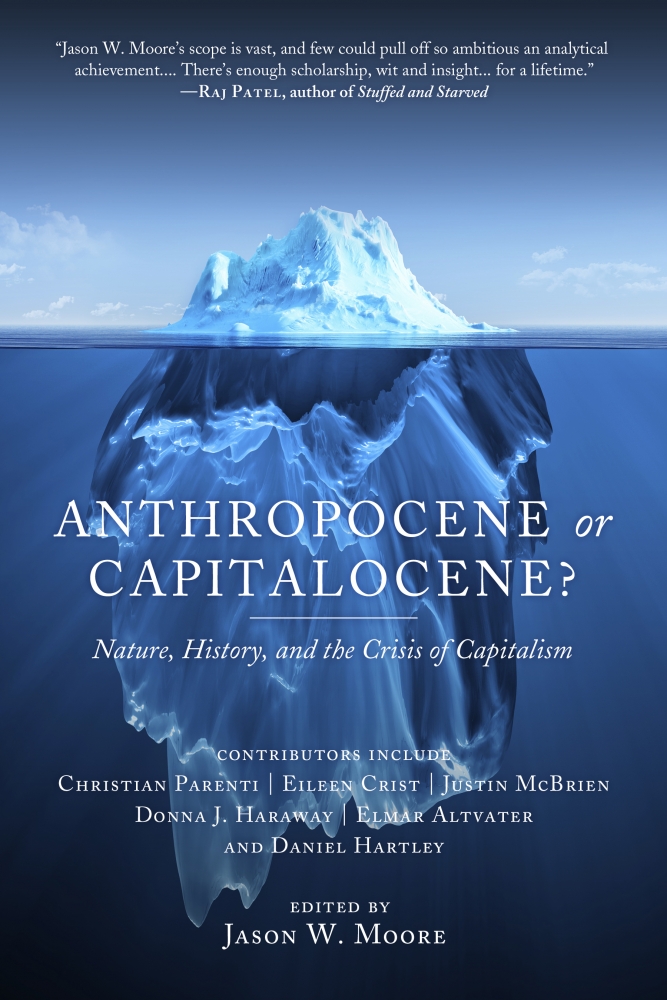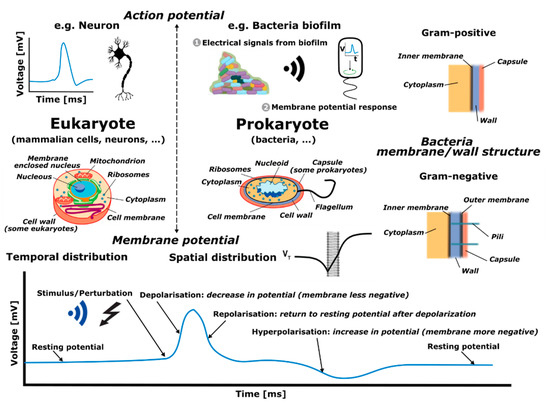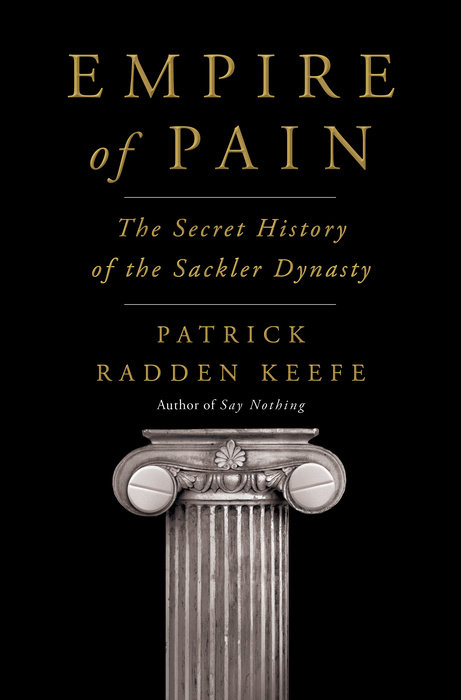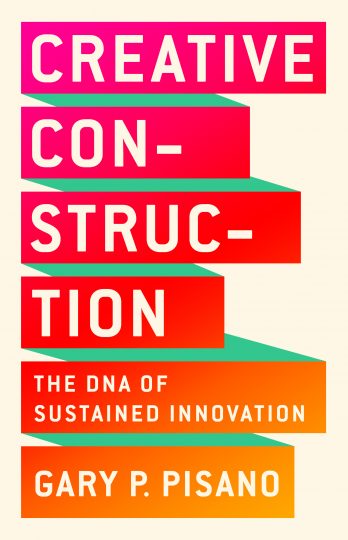Communicating Science in Times of Crisis. The COVID-19 Pandemic
TABLE OF CONTENTS
Part 1 Conceptualizing Communication Science and COVID-19 1
1. Managing Science Communication in a Pandemic 3
H. Dan O’Hair and Mary John O’Hair
2. Comprehending Covidiocy Communication: Dismisinformation, Conspiracy Theory, and Fake News 15
Brian H. Spitzberg
3. How Existential Anxiety Shapes Communication in Coping with the Coronavirus Pandemic: A Terror Management Theory Perspective 54
Claude H. Miller and Haijing Ma
Part 2 Promoting Health and Well-being 81
4. Communication and COVID-19: Challenges in Evidence-based Healthcare Design 83
Kevin Real, Kirk Hamilton, Terri Zborowsky, and Debbie Gregory
5. Identity and Information Overload: Examining the Impact of Health Messaging in Times of Crisis 110
Jessica Wendorf Muhamad and Patrick Merle
6. Social Media, Risk Perceptions Related to COVID-19, and Health Outcomes 128
Kevn B. Wright
7. Overcoming Obstacles to Collective Action by Communicating Compassion in Science 150
Erin B. Hester, Bobi Ivanov, and Kimberly A. Parker
8. Communicating the Science of COVID-19 to Children: Meet the Helpers 172
Jennifer Cook, Timothy L. Sellnow, Deanna D. Sellnow, Adam J. Parrish, and Rodrigo Soares
9. The Use of Telehealth in Behavioral Health and Educational Contexts During COVID-19 and Beyond 189
Alyssa Clements-Hickman, Jade Hollan, Christine Drew, Vanessa Hinton, and Robert J. Reese
Part 3 Advancing Models of Information and Media 215
10. Toward a New Model of Public Relations Crisis and Risk Communication Following Pandemics 217
Zifei Fay Chen, Zongchao Cathy Li, Yi Grace Ji, Don W. Stacks, and Bora Yook
11. Perspective Change in a Time of Crisis: The Emotion and Critical Reflection Model 242
Helen Lillie, Manusheela Pokharel, Mark J. Bergstrom, and Jakob D. Jensen
12. Social Media Surveillance and (Dis)Misinformation in the COVID-19 Pandemic 262
Brian H. Spitzberg, Ming-Hsiang Tsou, and Mark Gawron
13. Science Communication and Inoculation: Mitigating the Effects of the Coronavirus Outbreak 302
Bobi Ivanov and Kimberly A. Parker
Part 4 Examining Policy and Leadership 321
14. Communicating with Policymakers in a Pandemic 323
Michael T. Childress and Michael W. Clark
15. Equally Unpleasant Choices: Observations on School Leadership in a Time of Crisis 338
Justin M. Bathon and Lu S. Young
16. Controlling the Narrative: Mixed Messages and Presidential Credibility 358
Robert S. Littlefield
17. Communicating Death and Dying in the COVID-19 Pandemic 375
William Nowling and Matthew W. Seeger
